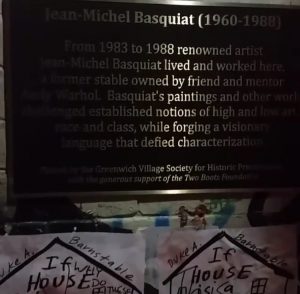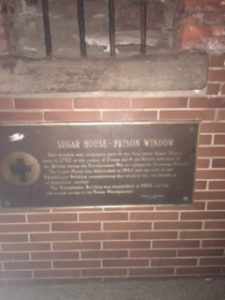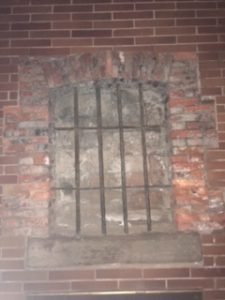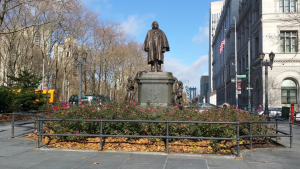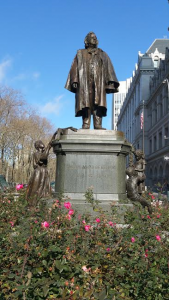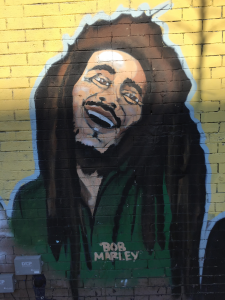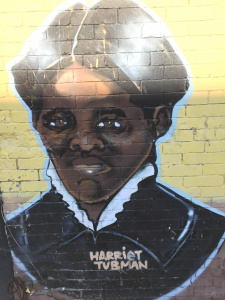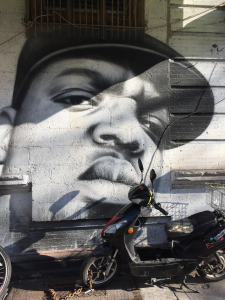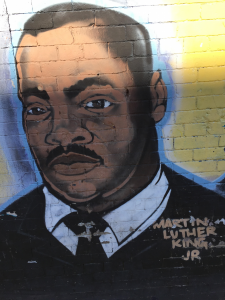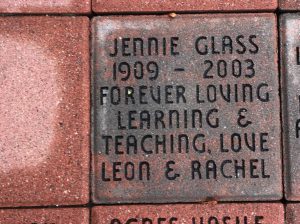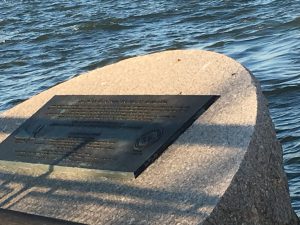This plaque, located in Noho at 57 Great Jones Street, is to commemorate the talented Jean Basquiat.
Basquiat was an artist from Brooklyn during the 1980’s. Some describe him as a “neo-expressionist” painter. He began with graffiti on subway trains and buildings. After years of continuing to pursuit his creative talent, he finally was featured in an art show. Basquiat received much critical praise for his work. Soon after, an original painting of his could go for over $50,000. He collaborated with famous artist Andy Warhol. It was actually Warhol’s old loft at 57 Great Jones Street, that Basquiat later lived in. Unfortunately Basquiat had an addiction to heroine. He died of an overdose on August 12, 1988 at the age of 27. Being of Haitian and Puerto Rican decent he was known to have incorporated the “African-American and Latino experience” in to the prestigious world of art.
Its such a shame to see someone with so much talent let it slip away because of an addiction. His art was original and political. He touched on racism and class systems. He was a voice that us minorities needed. Basquiat continues to inspire many. The way Basquait turn his talent into art that made an impact, continues to inspire the world.
The plaque reads:
“From 1983 to 1988 renowned artist Jean Michel-Basquiat lived and worked here, a former stable owned by friend and mentor Andy Warhol. Baquiat’s paintings and other work challenged established notions of high and low art, race and class, while forging a visionary language that defied characterization.”

